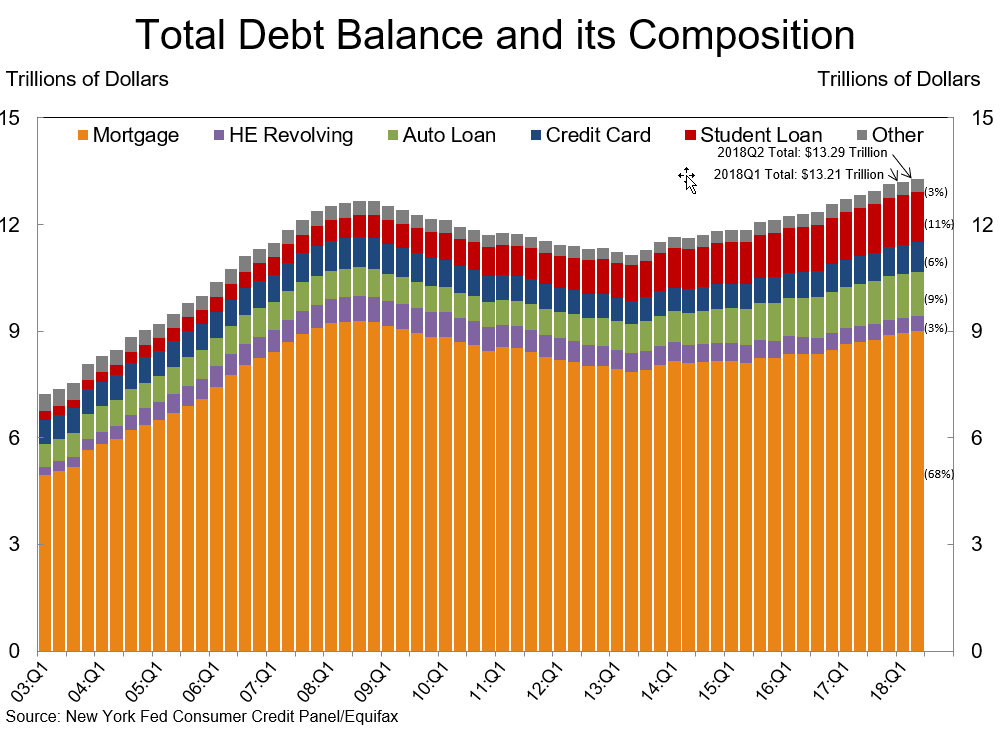Lenders determine your debt-to-income ratio by dividing your month-to-month debt http://felixmfio918.bearsfanteamshop.com/what-is-the-interest-rate-today-on-mortgages-things-to-know-before-you-buy commitments by your pretax, or gross, earnings. Most loan providers search for a ratio of 36% or less, though there are exceptions, which we'll enter below." Debt-to-income ratio is determined by dividing your month-to-month financial obligations by your pretax income." DTI in some cases neglects monthly costs such as food, utilities, transport costs and health insurance, amongst others; lending institutions might rule out these expenditures and might authorize you to obtain more than you're comfortable paying.
You'll desire the most affordable DTI possible not simply to certify with the finest home mortgage lenders and purchase the house you want, but also to guarantee you're able to pay your debts and live comfortably at the same time. Also known as a family ratio, front-end DTI is the dollar quantity of your home-related expenditures your future regular monthly mortgage payment, property taxes, insurance coverage and homeowners association fees divided by your regular monthly gross earnings.
Back-end ratios tend to be somewhat greater, because they consider all of your month-to-month financial obligation responsibilities. Which DTI ratio matters more?While mortgage loan providers typically look at both kinds of DTI, the back-end ratio often holds more sway since it considers your whole debt load. Lenders tend to concentrate on the back-end ratio for traditional mortgages loans that are provided by banks or online mortgage lending institutions instead of through government-backed programs.
If your back-end DTI is below 36%, that's even better. When you're making an application for government-backed home loans, like an FHA loan, lending institutions will take a look at both ratios and might consider DTIs that are higher than those required for a traditional home mortgage: as much as 50% for the back-end ratio. Ideally, however, you'll wish to keep your DTIs as low as possible, regardless of loan providers' limitations.
Although DTIs are crucial when getting a home mortgage, they're not enough when it pertains to assisting you figure out what you can manage, states Ira Rheingold, executive director of the National Association of Consumer Supporters." You Browse this site can have these basic guidelines around debt-to-income ratio," he says, "however the bigger concern is, will you, when you have that mortgage payment, have adequate money to make ends fulfill?" Since DTIs do not take into account expenditures such as food, medical insurance, energies, gas and home entertainment, you'll desire to budget beyond what your DTI labels as "budget-friendly" for you.
This is especially crucial because DTIs count your income before taxes, not what you really take house every month. The greater your DTI, the most likely you are to fight with receiving a home loan and making your month-to-month home loan payments. There are several ways to reduce your debt-to-income ratio: Don't make any huge purchases on credit before you purchase a house.
While a pay raise at work is another method to lower your DTI, it may not be possible to get one rapidly. That's why it's much better to avoid taking on more debt and deal with trimming the financial obligation you have. In many cases, loan providers will not consist of installment financial obligations like vehicle or student loan payments as part of your DTI if you have simply a few months left to pay them off.
The Only Guide to School Lacks To Teach Us How Taxes Bills And Mortgages Work
He recommends getting your financial resources in order so that you present yourself as somebody with great credit and not a great deal of debt. Before you sit down with a loan provider, using a home loan calculator is one way to find out a sensible home loan payment for you. The lower your debt-to-income ratio, the safer you are to loan providers and the much better your finances will be.
The household-owned worth of the US housing market is at an all-time high of $26. 12 trillionsignificantly greater than the pre-crisis peak of $22. 68 trillion in 2006. Housing equity and non-HELOC (home equity line of credit) home loan debt outstanding are likewise at historical highs. At the same time, the share of house owners with a mortgage, at 62.
Why has this happened? What happens next? And what does it all indicate? That $26. 12 trillion in total real estate worth is composed of two aspects: $10. 36 trillion in impressive home mortgage financial obligation (consisting of house equity credit lines) and $15. 76 trillion in home equity (the distinction in between household-owned realty and home loan debt).
3 percent in 2009 to 39 - what banks give mortgages without tax returns. 6 percent in the first quarter of 2019. On the other hand, real estate equity as a share of aggregate house values has grown from 36. 7 percent to 60. 4 percent over this exact same period. What explains the lower home loan financial obligation relative to real estate worths? First, house equity lines of credit are less common than in years past.

Although the impressive quantity of home mortgages excluding home equity credit lines exceeded its pre-recession peak in the second quarter of 2019, relative to house values, it sat at around 35. 4 percent in the first quarter of 2019, well listed below its 2009 high of an approximated 54. 7 percent.
The share of property owners with a home mortgage declined steadily between 2008 and 2017, from 68. 4 to 62. 9 percentthe lowest level given that at least 2005. Alternatively, the share of owner-occupied homes without any home loan has climbed to 37. 1 percent over the very same nine-year period. Why this happened: The shifting structure of owner-occupied homes with and without a home loan owes to a number of reasons, consisting of the rise in all-cash sales in the years right away following the recession, homes' focus on financial obligation decrease, and home mortgage credit conditions that stay tight.
Older families are a lot more likely than younger homes to have settled their home mortgage. Though the share of senior people with a home mortgage has actually increased slowly gradually (figure 2), to 38 percent in 2017 for those ages 65 and older, this share is well listed below 80 percent for those ages 35 to 54.
The 9-Minute Rule for What Percentage Of Mortgages Are Below $700.00 Per Month In The United States
Whether the share of owner-occupied households with a home loan continues to decrease will depend upon the interaction between the following elements: the pace at which young, first-time homebuyers purchase houses (which depends on the other items in this list) housing affordability credit availability the strength of the economy consisting of the task market To a lesser level, it will likewise depend on how numerous elderly families have a home loan.
If new and younger purchasers progressively use cash rather of home loans to purchase their homes, competition among lenders will increase, which, in turn, may assist relieve the restrictive credit requirements in location today - how is mortgages priority determined by recording. However, the potential remedy for still-tight credit requirements might have a small effect on homeownership given the minimal supply of inventory for sale in much of nation.
By progressively settling their mortgages and transforming their whole house value into equity, existing homeowners create a cushion for emergency situations and retirement. Nevertheless, the development in the share of house owners ages 65 and older with a mortgage bears viewing as it might represent an emerging threat to the home mortgage market.

Low home loan rates have actually helped press U.S. mortgage debt to the greatest level ever. In the 2nd quarter of 2019, Americans' home loan balances amounted to $9. 4 trillion, $162 billion more than the previous quarter, according to data released Tuesday by the Federal Reserve bluegreen timeshare secrets Bank of New York City. This surpassed the previous peak of $9.